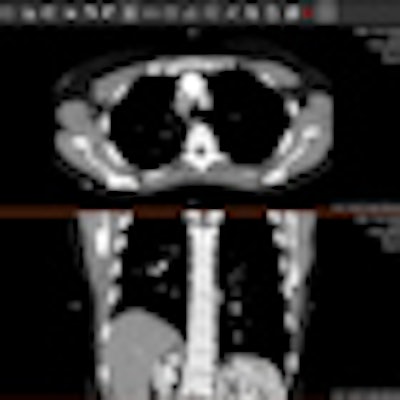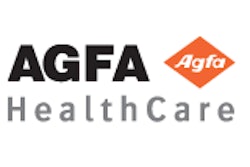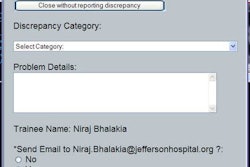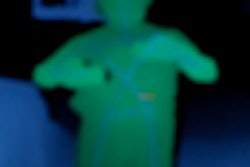
When radiology converted from x-ray film to digital imaging, it lost a certain something that united the specialty with referring physicians. At least, that's the perspective of Client Outlook, a Canadian developer of image sharing software that's trying to bring back that spirit of collaboration with its eUnity software.
Formed by veterans from PACS software pioneer Mitra Imaging, Client Outlook hopes eUnity becomes the digital equivalent of a lightbox, a place where radiologists and referring physicians gather to discuss images. The company received U.S. Food and Drug Administration (FDA) 510(k) clearance for eUnity in May, and is beginning its push into the U.S. market after making early installations in Canada.
The impetus for eUnity is not to replace PACS, but rather to bring the benefits of digital imaging that radiology has enjoyed to the rest of the healthcare enterprise, according to president and CEO Steve Rankin.
"As much as radiology has gone digital, the rest of the hospital is struggling -- a lot of clinicians outside radiology don't have good access to images," Rankin said. "We had a situation where as PACS grew up, we tore out the lightboxes so referring physicians couldn't make diagnostic decisions. Once that was gone, we never really replaced it."
Rankin formed Client Outlook in 2006, along with other veterans from Mitra, which developed some of the earliest PACS software for Agfa HealthCare and eventually became an Agfa subsidiary in a 2002 acquisition. Rankin and other Mitra/Agfa veterans formed Client Outlook a few years after leaving Agfa, with the company's original focus based on consulting for Canada Health Infoway, a nonprofit project to link Canadian provinces with electronic health record technology. They soon turned the company's focus to software development, however.
Client Outlook's founders wanted to develop software that preserved access to diagnostic-quality images but brought back the functionality of paper and film in terms of the ease with which patient information and images are available in the traditional film jacket. Another issue to be addressed was interoperability problems created by the multitude of different PACS networks that any given enterprise might have in operation.
Rather than require customers to replace their existing PACS, Client Outlook installs an eUnity server at a user's facility. The server interfaces with the PACS network without requiring users to download any additional software or plug-ins -- an advantage for many locked-down IT networks. Images can then be reviewed at any workstation throughout the enterprise.
eUnity employs an image viewer based on a mix of Flash 5 and HTML to push images out to the network regardless of the PACS software or type of device being used. The challenge is displaying full-fidelity images in a Web browser environment, Rankin said.
 Client Outlook’s eUnity software enables browser-based review of diagnostic-quality images. Image courtesy of Client Outlook.
Client Outlook’s eUnity software enables browser-based review of diagnostic-quality images. Image courtesy of Client Outlook.Another advantage of eUnity is that image data are never stored on the workstation or device being used for image review. When the application is closed, the images disappear on the device but remain on the original PACS.
At some early sites, eUnity is being used with patient portal software such as Medseek, or with electronic medical records (EMR) systems. If a site doesn't have portal software or an EMR system, physicians can log in directly to the eUnity server with a secure link over the enterprise's intranet.
Like many other vendors, Client Outlook sees significant potential with using mobile devices such as iPads and other flavors of tablet computers for image review. The company has eUnity running on iPads and iPhones in its lab, as well as on the Android operating system and BlackBerry PlayBook tablet.
On the iPad, eUnity runs as an app that must be downloaded, due to the low memory found on these devices. But Rankin expects future versions of iPads and other tablet PCs will be powerful enough to hew to the company's original vision of image review without downloads. The firm is evaluating its strategy for mobile devices with its early adopters with an eye to the FDA's regulatory requirements, which require vendors to prove the safety and effectiveness of any device for its intended use.
Having secured 510(k) clearance in the U.S. for use of eUnity with traditional displays, Client Outlook is looking to market the software through resellers such as PACS vendors that would install an eUnity server as an add-on to a PACS installation. The company is also selling directly to end-users, Rankin said -- but it does not want to replace PACS.
"PACS workstations need to stay where they are, they work perfectly in radiology. They support radiology workflow," Rankin said. "Once we get outside radiology, we need to recognize that there are different clinical requirements."



















